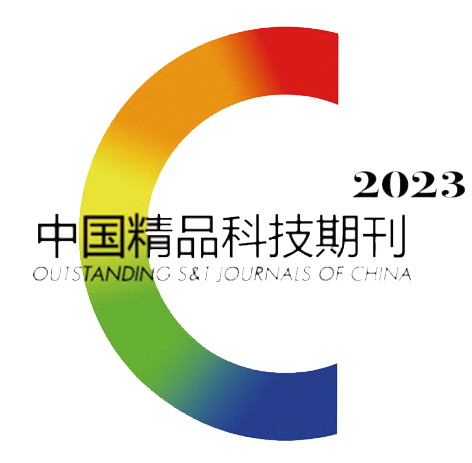Effect of Weight Size on Nutritional Components in Muscle and Skin Tissues of Hybrid Sturgeon (Huso dauricus ♀×Acipenser schrenckii ♂)
-
Abstract
The nutritional quality of muscles and skins of different sizes: 1500.05±1.50 g, 3002.25±2.55 g and 4505.25±4.15 g, were systematically studied, which could provide basic data for processing and comprehensive utilization of hybrid sturgeon. The results showed that the muscle and skin of (3002.25±2.55) g of hybrid sturgeon accounted for the highest proportion of body weight, which were significantly higher than that of the (1500.05±1.50) g (P<0.05). With the increased of specifications, collagen, EAA, DAA and TAA in each group showed a trend of first increased and then decreased, with the middle-sized hybrid sturgeon was the highest, and the first restricted amino acids in the muscle and skin of hybrid sturgeon were Met+Cys and Val, respectively, which indicated that the (3002.25±2.55) g of hybrid sturgeon had better amino acid balance and the best nutritional value. The amount of fatty acids detected from the muscle and skin of hybrid sturgeon was the same, the content of saturated fatty acids in muscle was relatively lower than that in skin, while the content of monounsaturated fatty acids and polyunsaturated fatty acids was higher than that in skin. Among the three specifications of hybrid sturgeon muscle, the contents of Na, Mg and K rank among the top three essential mineral elements, and the measured essential mineral elements all showed a trend of first increased and then decreased with the specification increased, but there was no significant difference (P>0.05). The results showed that the weight specifications affected the nutrient composition in muscle and skin of hybrid sturgeon, and the (3002.25±2.55) g body mass was the most balanced, suitable for deep processing and utilization.
-

-





 DownLoad:
DownLoad: